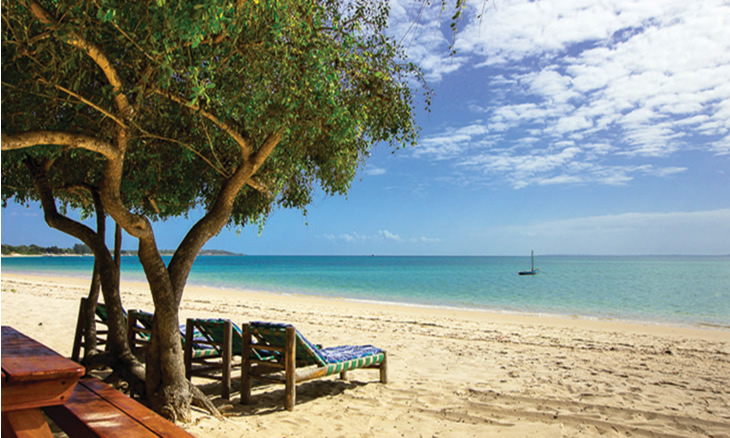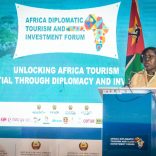Mozambique: Government hires consultant to monitor purchase of LAM shares
Tourism weighting in GDP figures slows by 1.6% in the second quarter

Photo: O País
Tourism in Mozambique has long been declining, despite the country’s enormous potential, particularly given its geographic location. Tourist destinations, especially the Quirimbas Islands, Inhambane, and the Bazaruto Archipelago, are among the many exceptional attraction to the tourist connoisseur, but are much underused.
Sometimes the cold takes the blame! At least that was the justification of the Mozambican authorities in the second quarter of 2018, expressed by the National Statistics Institute (INE), in the country’s national accounts report, for the period from June to August.
In the period under review, the weight of tourism in the gross domestic product (GDP) figures fell to five percent, after starting the year on the rise (6.6 percent in the first quarter). At the end of the fourth quarter of 2017, the sector’s contribution was down 1.1 percent.
Tourism’s largest contribution to the country’s GDP was registered at 17.4 percent in the fourth quarter of 2015, according to the INE report on national accounts to which “O País” has had access.
The sector’s poor performance will prevail in the coming months because of the slowdown in demand for accommodation, catering and similar establishments. Prices in the sector are also expected to fall.
The number of accommodation, catering and similar establishments that experienced operational difficulty during the period under review showed a slight increase between April and June. At least 28 percent of establishments reported having constraints, the highest percentage since the fourth quarter of 2017.
The main factors mentioned are low demand (42 percent), competition (23 percent) and lack of access to credit (9 percent). ‘Unspecified’ came in at 10 percent.
High airfare costs and a restrictive visa regime, high prices, poor image and poor market positioning, concerns about land tenure, high import levels, limited development of natural and cultural attractions are also among the factors identified as contributing to a poor performance.
Few high-quality tourist resorts, lack of skilled labour in the industry, skills and knowledge gaps in public tourism institutions at central and provincial levels and weak public-private cooperation are among the challenges facing tourism in Mozambique.
Studies however show that promoting scuba-diving with manta rays in Inhambane province could generate at least 32 million Euros, about 10.3 million Euros in direct profit to diving operators in the region.
But an absence of manta rays in this destination could represent an annual loss of between 15.3 to 24.4 million Euros.
Every year, the opportunity to encounter these marine giants in their natural environment draws tourists from all over the world, the conservation of the species far outweighing the economic benefit of fishing them.
By Edson Arante













Leave a Reply
Be the First to Comment!
You must be logged in to post a comment.
You must be logged in to post a comment.